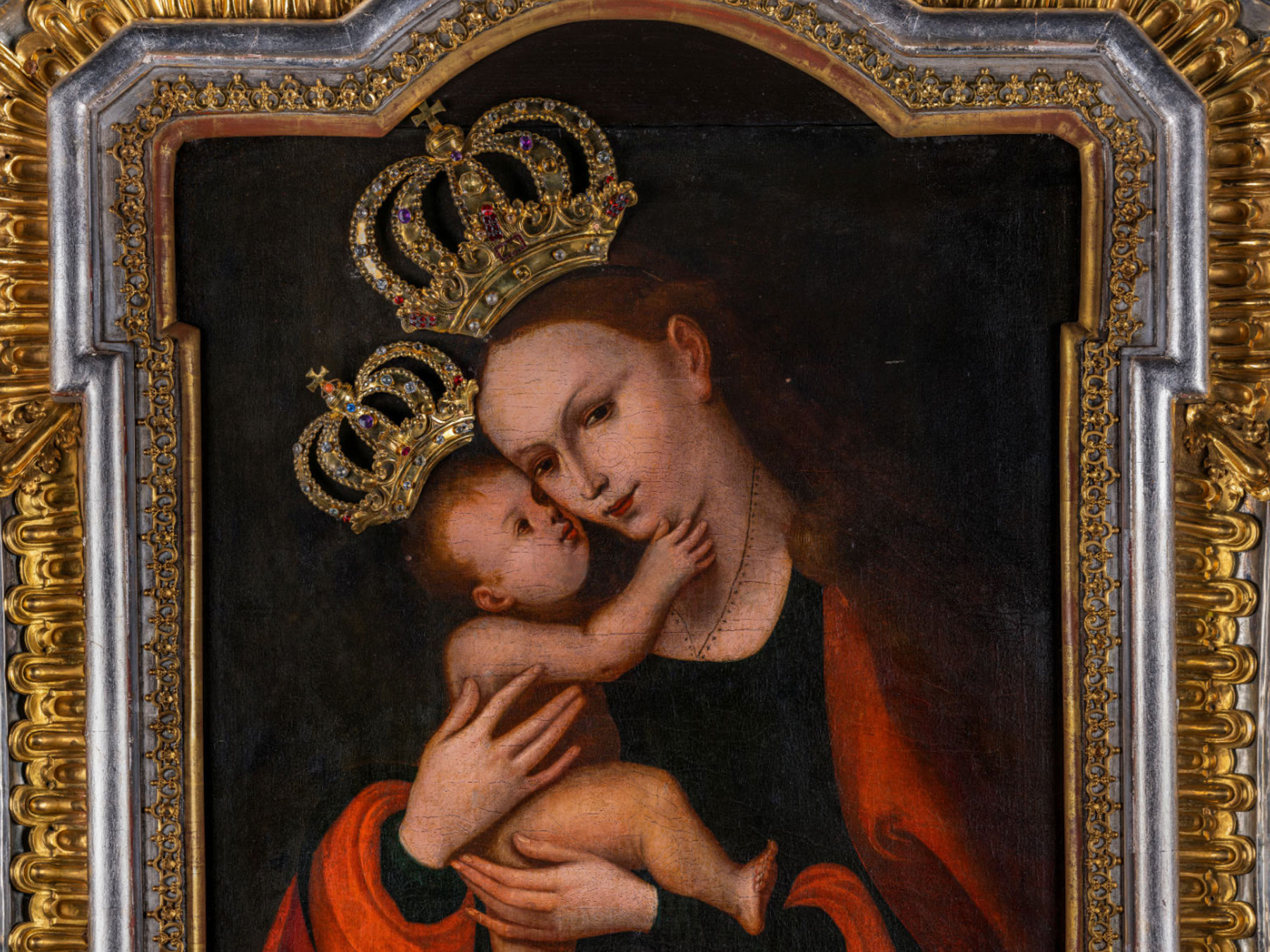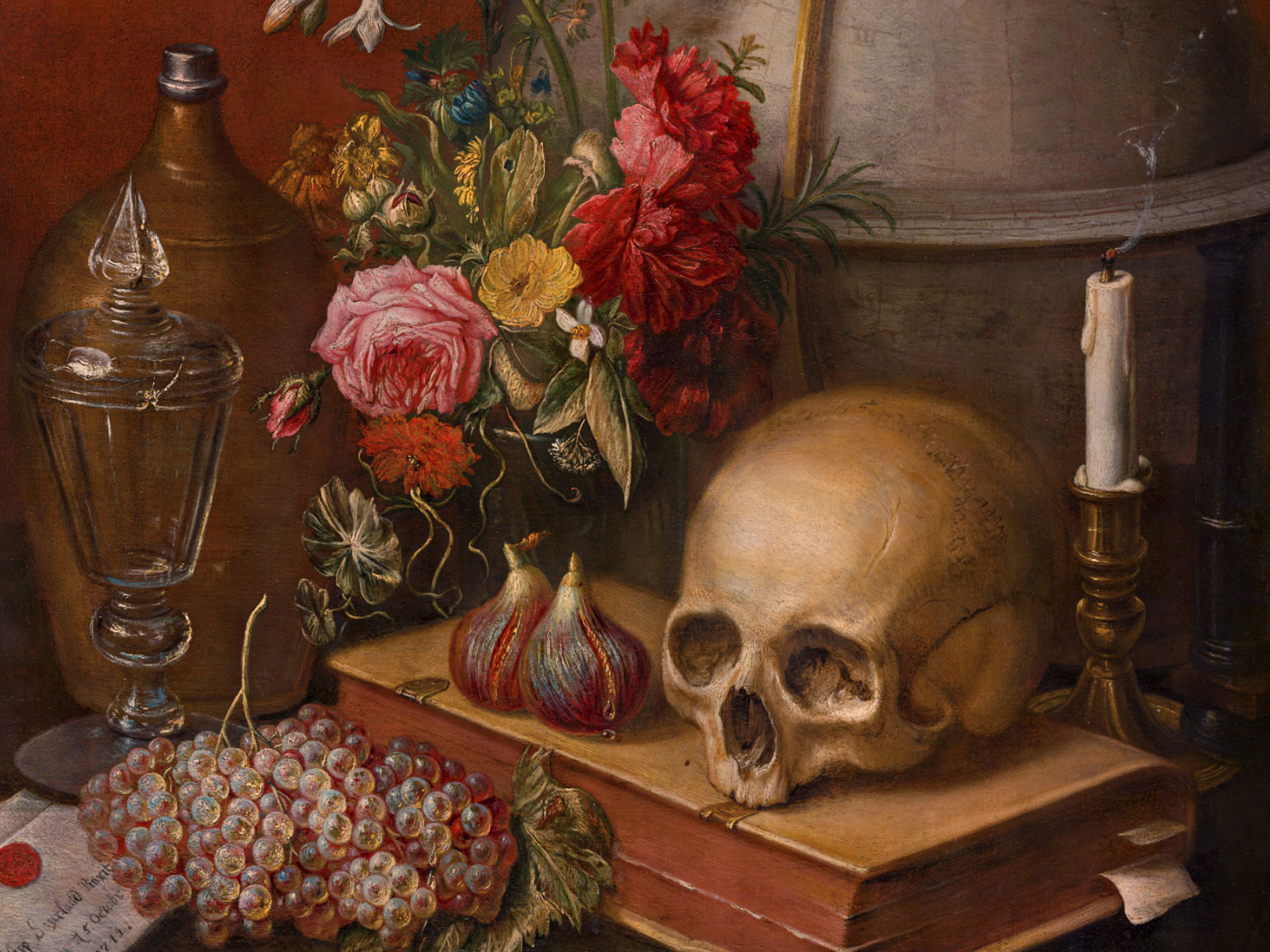Our Lady of Grace - Nostra Taumaturga
The miraculous image of Our Lady of Grace (Latin: Gratia Sanctae Mariae – Grace of the Holy Mary) has probably been associated with Krzeszów Abbey throughout its history.
The icon, written (according to the first of the legends) by the hermit Krzesz, was lost in the early 15th century, and was found in 1622 to receive its place in the main altar in the 18th century. “Nostra Taumaturga” (Our Miracle Worker) is the oldest, dating back to the first half of the 13th century, image of the Virgin Mary on Polish soil, and one of the five oldest in Europe. It bears clear features of Byzantine art. According to the second legend, it was transferred to Krzeszów from Rimini, where it was brought by the knight Benitto of the Tankretto family, returning from the Fourth Crusade, who was to take the image from the conquered Byzantium and transport it to his hometown.
The painting depicts Mary in the type of hodigitria (pointing the way), holding Emanuel on her right shoulder, with her other hand making an ambiguous gesture – pointing at her son, while holding her hand over her heart – the source of grace. Emanuel faces his mother, in his hand he holds a rolled up parchment – a symbol of God’s mystery. The head and shoulders of the Mother of God are covered by an undulating shawl in red. The Mother of God’s tunic is green. The color signifies the plant and human world; it symbolizes rebirth and the hope of spiritual renewal and eternal life. The icon has no chiaroscuro, as everything on it is light united with color. The light is symbolized by a golden background, expressing indestructibility, eternity and divinity.
Gigapixels
)
)
)
)
)
)
)
)